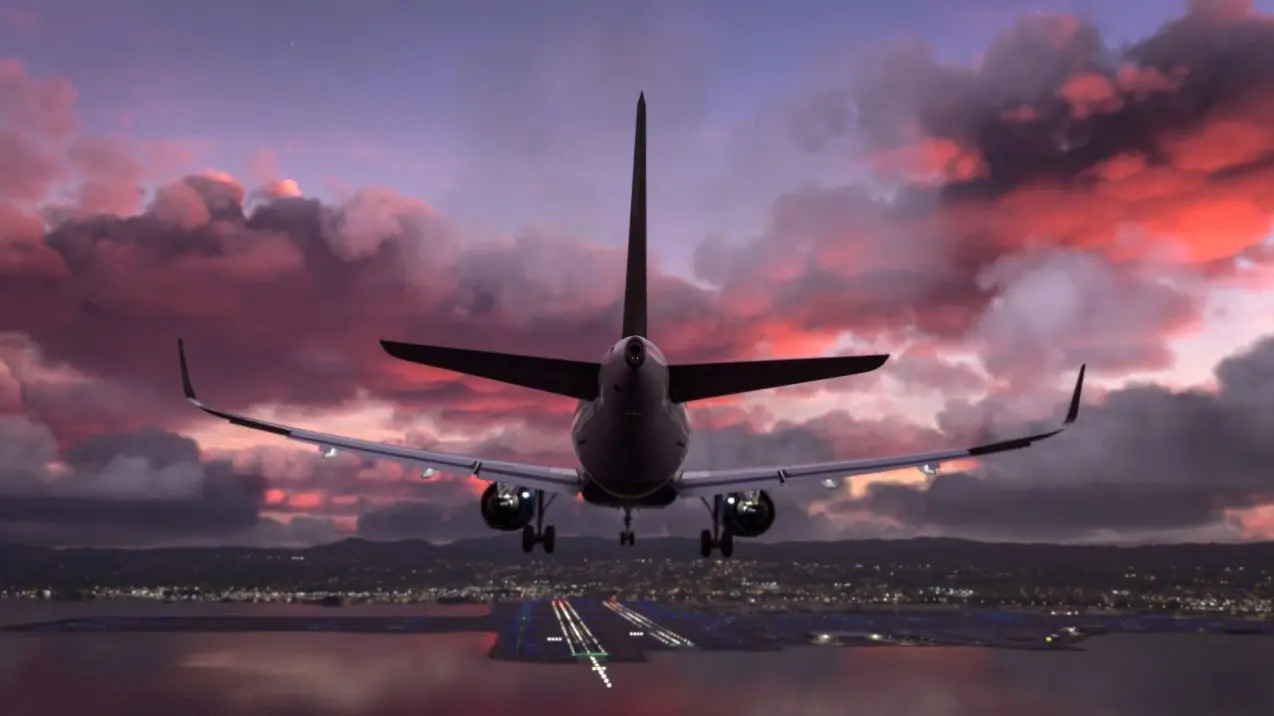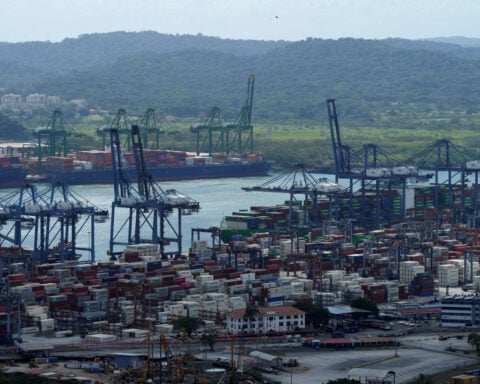A commercial plane departed London's Stansted Airport and climbed past 10,000 feet before anyone realized two window assemblies were missing, according to a special bulletin from the UK's Air Accidents Investigation Branch (AAIB). The October 4 incident involved an Airbus A321 charter flight heading to Orlando, Florida carrying 21 people.
Shortly after takeoff, passengers noticed the cabin seemed colder and noisier than normal, said the AAIB report. The plane continued climbing to 10,000 feet altitude before the seatbelt sign was switched off. At that point, the loadmaster at the rear noticed a loud noise that could "damage your hearing." He saw the window seal flapping violently in the airflow.
Despite no abnormal cockpit readings or pressurization issues, the flight crew halted the ascent at 14,000 feet. They slowed the airspeed and dispatched an engineer and pilot to inspect the cabin. It was agreed the aircraft should return to Stansted, landing just 36 minutes after departing.
Once parked, the cabin crew discovered two entire window assemblies missing - both the inner and outer panes plus rubber seals. Only the scratch pane, a thin plastic layer to protect the real window, remained in place. A third window's inner pane and seal were also dislodged.
The AAIB said high-power lights used the previous day for an extended onboard filming event likely caused thermal damage. This resulted in window deformation near the overwing emergency exit. The lights shone for up to five and a half hours.
The bulletin said the incident highlighted potentially serious risks from lighting equipment. "Whereas in this case the damage became apparent at around 10,000 feet and the flight was concluded uneventfully, a different level of damage by the same means might have resulted in more serious consequences," it stated.
The AAIB is now working with the manufacturer and operator to fully understand the lighting properties and mitigate future risks. It did not immediately respond to a request for additional comment.
With two windows essentially missing, the cabin lost pressurization protection during climb. Had the issue not been detected promptly, safety could have been further compromised. The event underscores the importance of preflight inspections to spot mechanical problems, especially after nonstandard operations like filming.
While takeoff without key equipment is extremely rare, this incident showed how something as simple as bright lights can damage aircraft integrity. It also highlighted how multiple personnel working together - pilots, crew, ground staff - were essential to identifying and addressing the situation swiftly and safely.
Quick reaction saw the flight return to the airport without major incident. But a more severe problem could have had far graver outcomes at altitude. Ongoing work to comprehend the lighting factors will hopefully limit the chances of recurrence. For now, the investigation continues into how routine media filming led to such an unconventional and potentially dangerous scenario.

 Trump has begun another trade war. Here's a timeline of how we got here
Trump has begun another trade war. Here's a timeline of how we got here
 Canada's leader laments lost friendship with US in town that sheltered stranded Americans after 9/11
Canada's leader laments lost friendship with US in town that sheltered stranded Americans after 9/11
 Chinese EV giant BYD's fourth-quarter profit leaps 73%
Chinese EV giant BYD's fourth-quarter profit leaps 73%
 You're an American in another land? Prepare to talk about the why and how of Trump 2.0
You're an American in another land? Prepare to talk about the why and how of Trump 2.0
 Chalk talk: Star power, top teams and No. 5 seeds headline the women's March Madness Sweet 16
Chalk talk: Star power, top teams and No. 5 seeds headline the women's March Madness Sweet 16
 Purdue returns to Sweet 16 with 76-62 win over McNeese in March Madness
Purdue returns to Sweet 16 with 76-62 win over McNeese in March Madness








